Campobasso, nestled among rolling hills and picturesque landscapes and immersing itself in the history of the region.The well-preserved historic centre of Campobasso features narrow cobbled streets, medieval churches, ancient palaces and impressive fortifications that bear witness to the city’s fascinating past. A must-see is the Castello Monforte, a magnificent castle that dominates the city with wonderful panoramic views. Inside, there is a museum displaying a diverse collection of artefacts and works of art from different centuries.
Piazza Vittorio Emanuele II is unique for its vibrant street life, the Cathedral of the Holy Trinity is another highlight, an impressive structure displaying a mix of architectural styles and containing stunning frescoes.
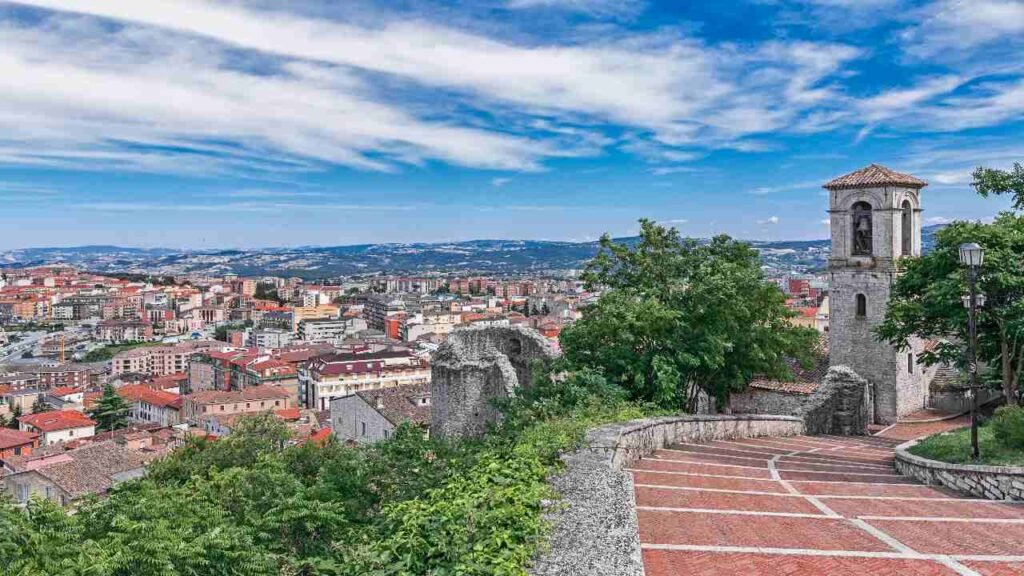
Location
Campobasso is a city and the capital of the Molise region, located in central-southern Italy, northeast of Naples.
Monforte Castle

The Monforte castle is a national monument and symbol of the city of Campobasso. It dominates the city at about 790 m a.s.l., almost one hundred more than the average height of the municipality.
The staircase on the left of the entrance leads to the highest part of the castle, from which you can admire the surrounding landscape: the valleys of the Biferno, Trigno and Fortore rivers, the majestic mountain range of Majella and the mountains of Molise. On sunny days, when the air is clear, you can also see the waters of the Adriatic Sea. The rectangular tower, which stands at 808 meters above sea level, houses one of the highest weather stations in Italy.
Comune di Campobasso (Campobasso Town Hall)
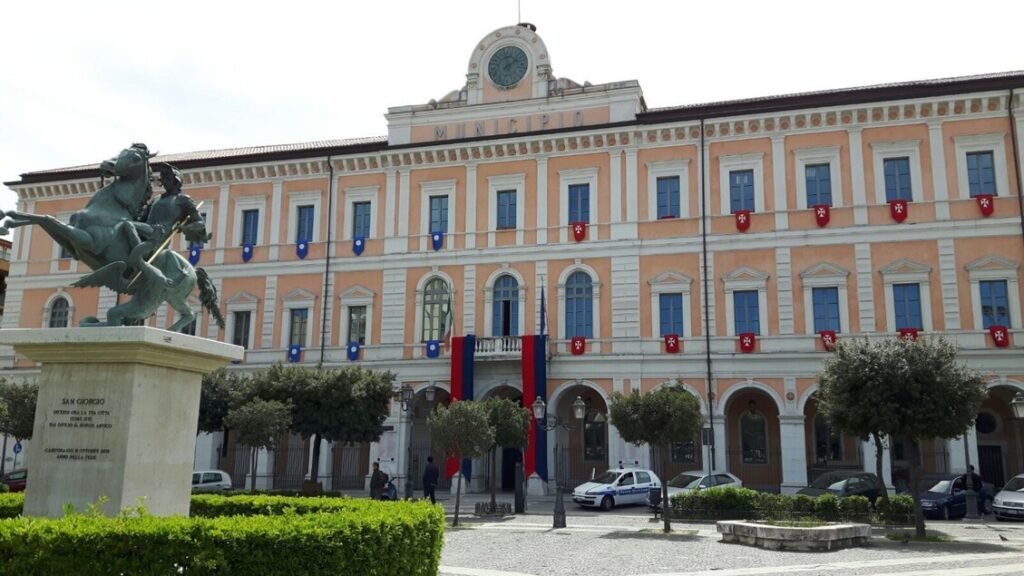
Palazzo San Giorgio, the architectural jewel of Campobasso. This iconic town hall, blending classic and modern design, stands proudly amidst a vibrant square. Admire its elegant façade and experience the melodic chimes of its clock, and a testament to the city’s rich heritage.
New Samnitic Provincial Museum
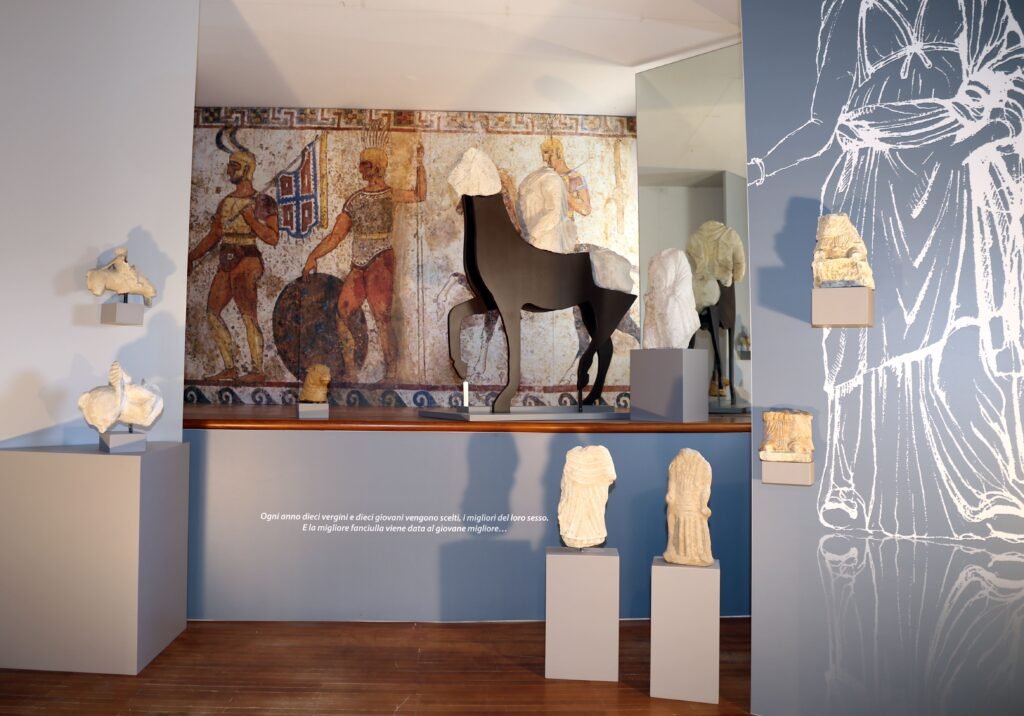
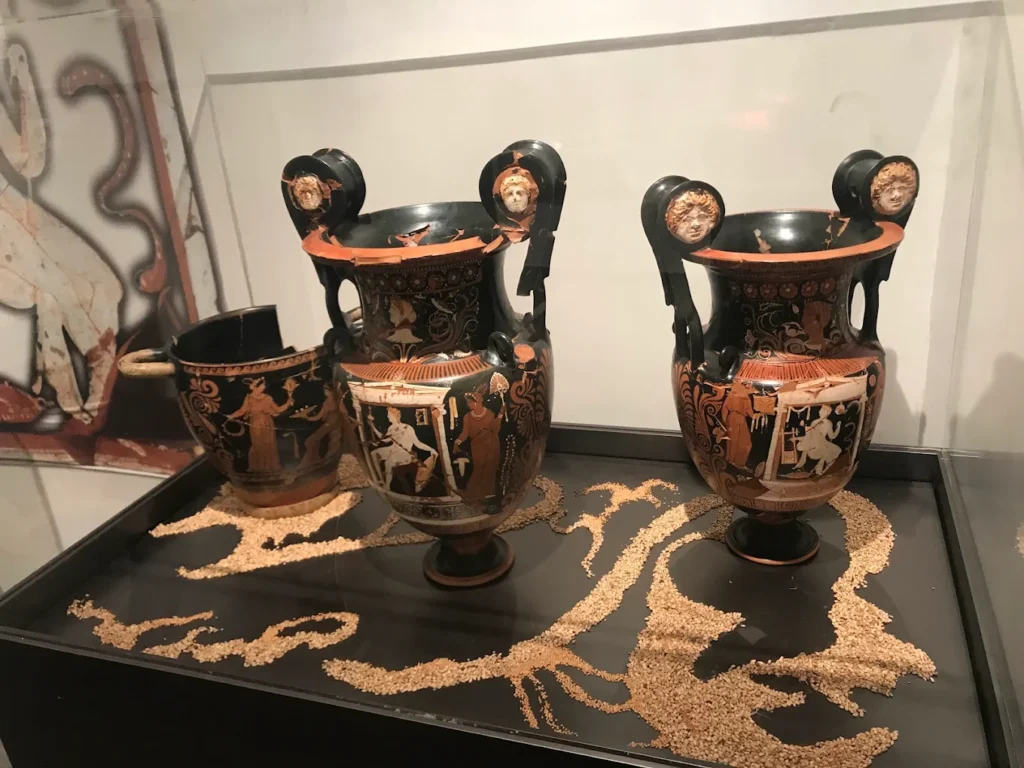
The Sannitico Museum of Campobasso hosts most of the archaeological collection of Molise, including a large collection of Samnites finds: objects connected to domestic, religious, and funerary uses.
Museo dei Misteri
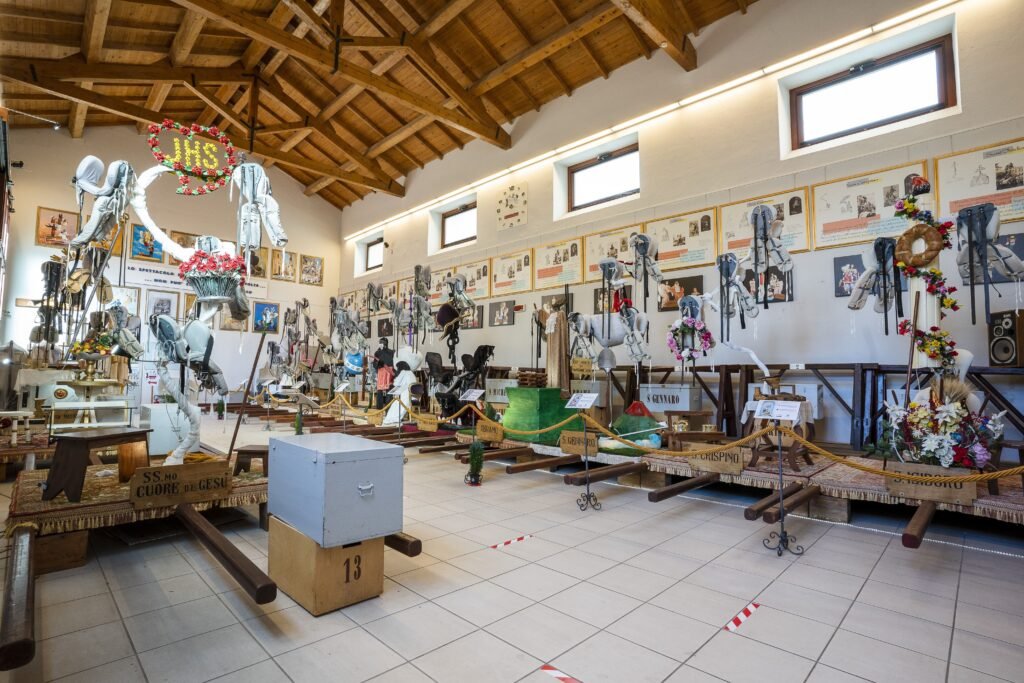
The Museo dei Misteri di Campobasso is the museum that houses the costumes of the “Processione dei Misteri di Campobasso” which is celebrated every year on Corpus Domini. In the Entrance Hall, some period costumes are exhibited, a photographic collection of past events and the catalogues with all the names of the characters of the last 40 years.
The Sala degli Ingegni is the main hall and houses the 13 structures, called “machines” and designed in the mid-18th century by Paolo Saverio di Zinno to parade during the procession between two rows of people. In the Projection Hall, you can see video testimonies of the events filmed over the years: 1929, 1948, 1958, 1999 and 2006.
Villa De Capoa
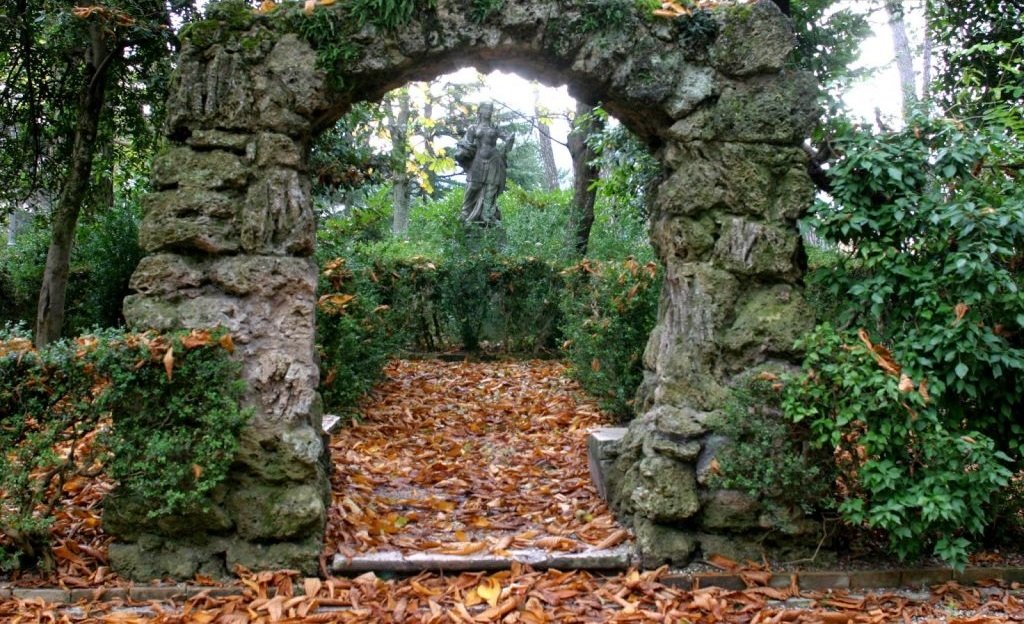
Villa De Capoa is in the Municipality of Campobasso. The origins of this place date back to the 18th century. The urban culture of the time gave great importance to the role of gardens, avenues and belvederes which were considered places of recreation and public gatherings. In the second half of the 19th century, the villa and its 40-acre park were donated to the city of Campobasso by the Countess Marianna de Capoa.
At the entrance of the surrounding park, there is a wrought iron gate leading to several paths decorated with marble seats and elegant balustrades. The vegetation includes Sequoia sempervirens, Cedrus libani, Cupressus spp., Picea abies, and Tilia cordata.
Museo Palazzo Pistilli
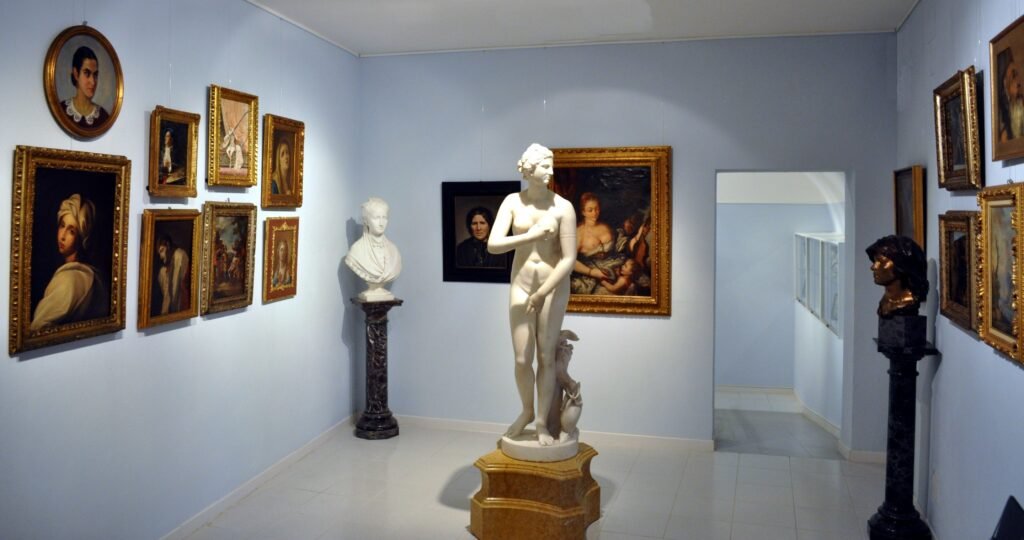
In the historic center of Campobasso stands the 18th-century Palazzo Pistilli, a beautiful noble residence that houses the Palazzo Pistilli Museum, the only state art museum in the city. The museum exhibits valuable paintings from 19th-century Naples and several valuable works by 20th-century artists from Molise.
Chiesa di San Giorgio
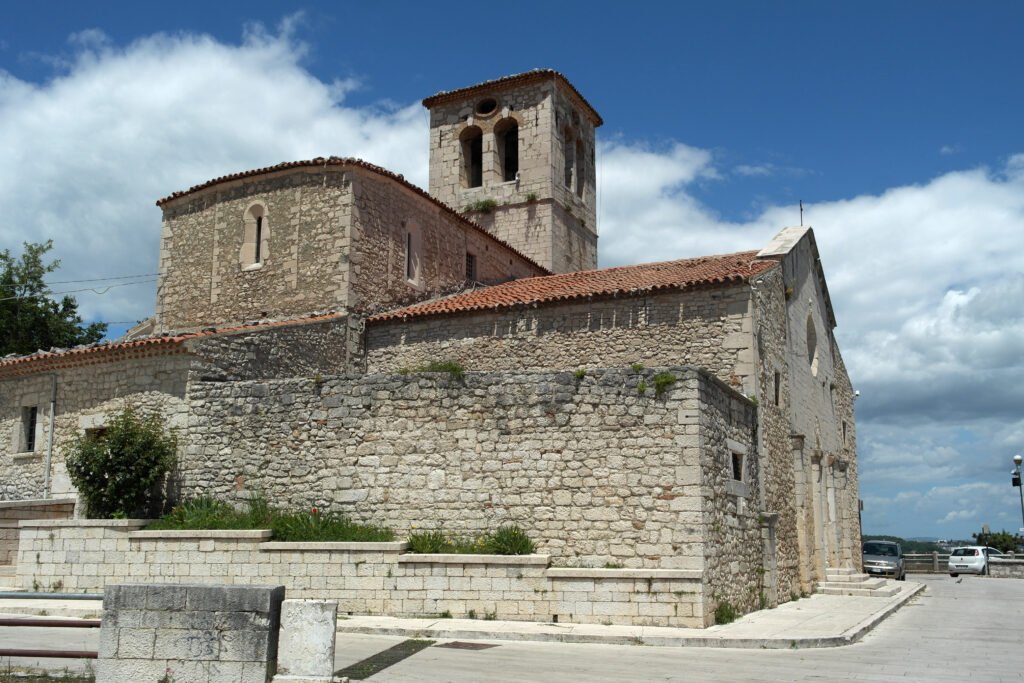
The Church of San Giorgio in Campobasso shows the appearance preserved by medieval canons, the stone structure is sober and its simplicity also distinguishes the interior, divided into three naves and with light and welcoming colors.
The facade is in light stone, the pilasters give a particular play of lines and illuminate its magnificence. The rose window dominates the Romanesque style facade and below it are the entrance doors to the church. The building, located on a hill, is completed by a bell tower with round-arched mullioned windows and a lateral cemetery area.
San Bartolomeo

The church of San Bartolomeo is one of the oldest examples of Romanesque art in Campobasso. The church dates back to the middle of the 13th century and has a facade with a horizontal crown, the central part of which is higher than the sides. The pseudo-prothyrum that adorns the portal is the most obvious element of the façade and consists of two blind arcades divided by two columns leaning against the wall.
Cattedrale Santissima Trinità
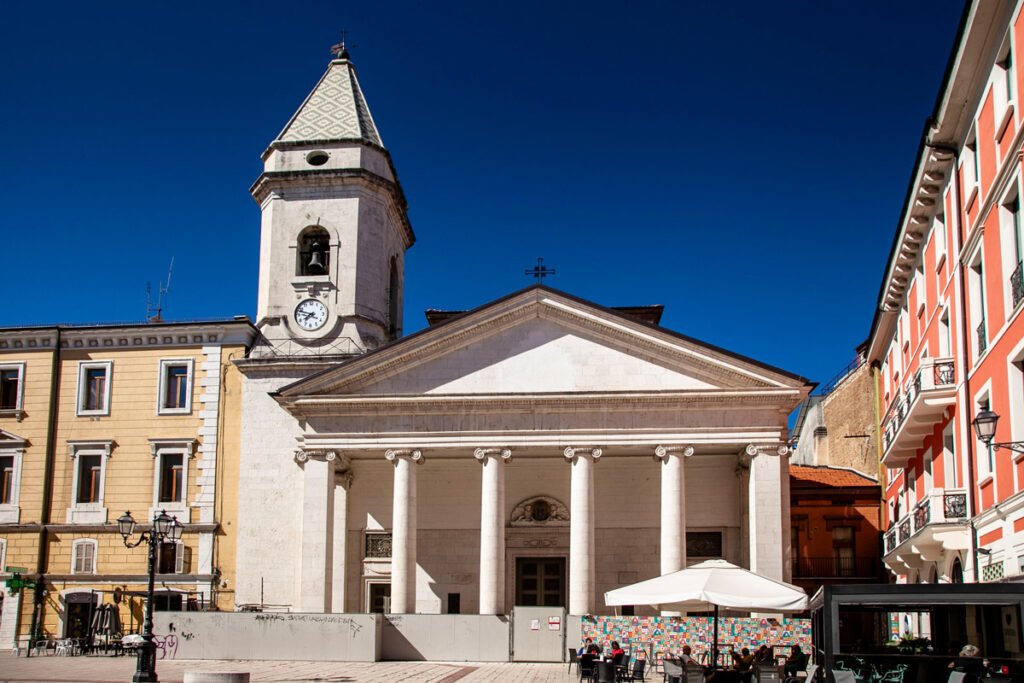
The cathedral stands on the ruins of the ancient Church of the Holy Trinity, built in 1504 by order of the feudal lord Andrea de Capua as the seat of the Trinitarian brotherhood.
The church, in neoclassical style with a beautiful pronaos that supports a tympanum similar to that of temples, has an interior with three naves, with the side naves adorned with votive chapels. In the apse basin, decorated with polychrome glass, there are the choir and the organ.
